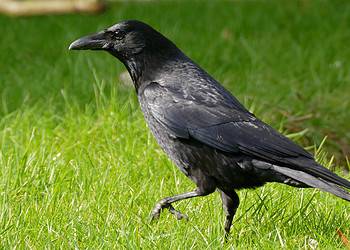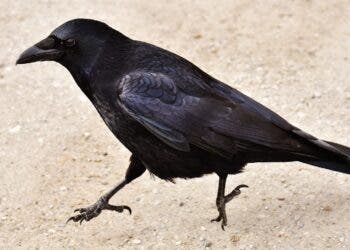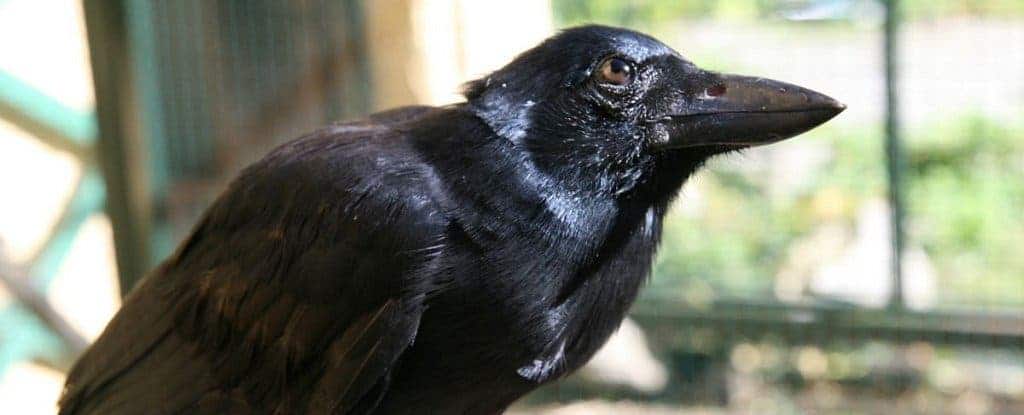We all know crows and ravens, with their pitch-black color and distinctive sounds. But there’s much to these birds than meets the eyes. As it turns out, they occupy almost all of Earth’s biomes, from deserts to the arctic regions, which they can do thanks to their large brains and longer wings, according to a new study.
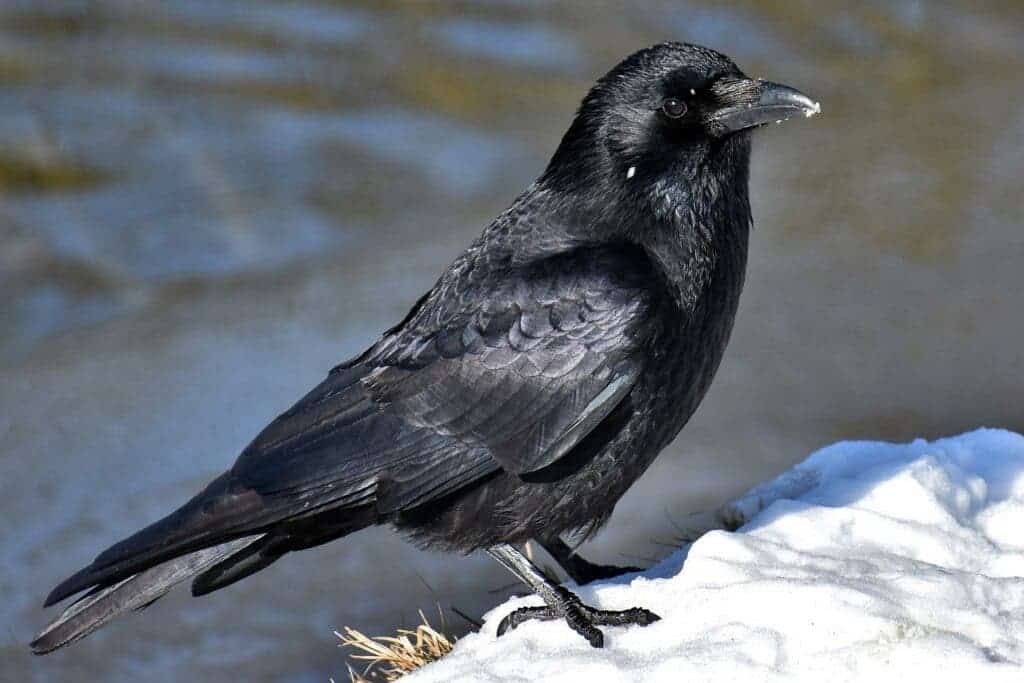
Crows and ravens are very similar to each other, except for differences in size and weight — with ravens being heavier and larger. Crows and ravens belong to the Corvidae family (which includes 133 species) and are also part of the same genus, Corvus, which contains about 45 species – nine of which have the term ‘raven’ on their common name. Yes, crows and ravens are a very diverse bunch.
Researchers from Washington University in St. Louis wanted to understand how diverse they are and why. They found that crows and ravens have a great flying ability, which gives them easier access to new places. Also, they have big bodies and brains, which play a big role in adapting and surviving in the new climates they occupy.
“When we think about processes of global diversification, it’s important to consider not just the ability to reach new places, but also the ability to survive,” Carlos Botero, study author, said in a statement. “Crows and the ravens diversified both quickly and widely because they were particularly good at coping with different habitats.”
A close look at crows and ravens
Botero and the team of researchers showed that crows and ravens’ surprising ability to expand fast and diversify across the planet was driven by a combination of traits. They worked with specimens housed in museums in Europe and the US and found both birds have longer wing lengths and bigger brains and bodies when compared with other Corvids.
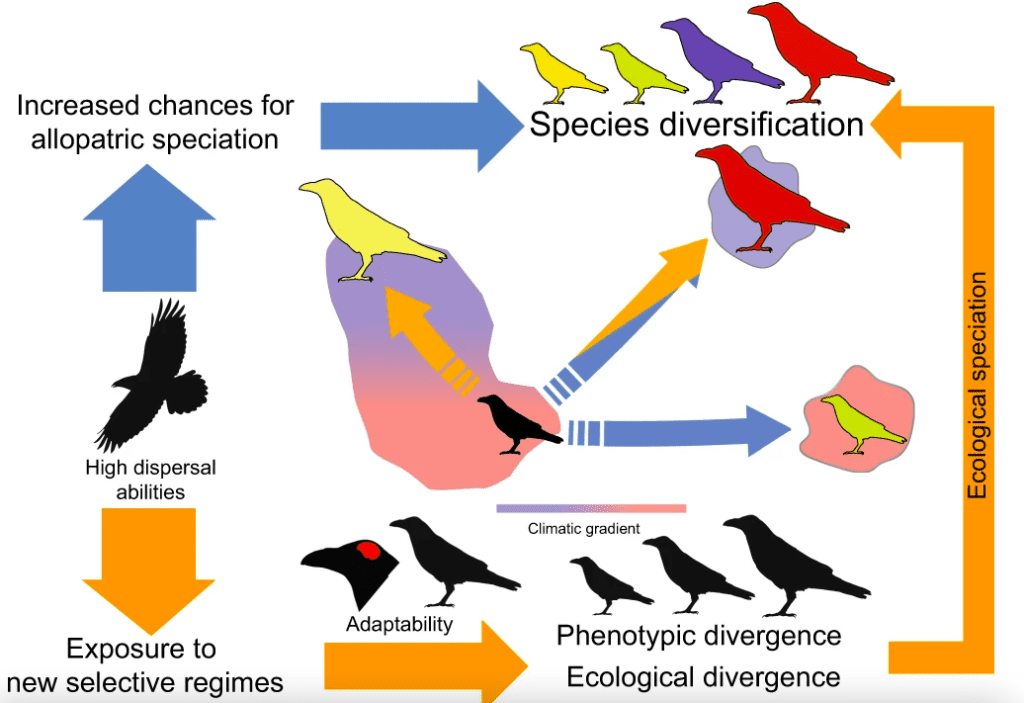
Crows and ravens have higher flying capacities thanks to their longer winds, allowing them to spread around the world. Their big brains mean they are behaviorally flexible and smarter than other Corvids, which makes them capable of surviving in a new environment. And bigger bodies give them an advantage over smaller species when setting up in a new place. So in fact, it’s a combination of both brain and brawn that enabled them to take over the world.
The researchers argue that crows and ravens had high rates of trait evolution and speciation as they adapted to different environments in their global expansion. Both birds faced selective pressures when arriving in a new environment, and this required different strategies and traits – like acquiring new beak shapes that didn’t exist in other Corvids.
“We are excited with these new insights on how these birds were able to do things that even close relatives did not,” Botero said. “It truly seems that their incredible behavioral flexibility may have played a major role in allowing these birds to survive initial periods of maladaptation and hang in there long enough for selection to catch up.”
The study was published in the journal Nature.

